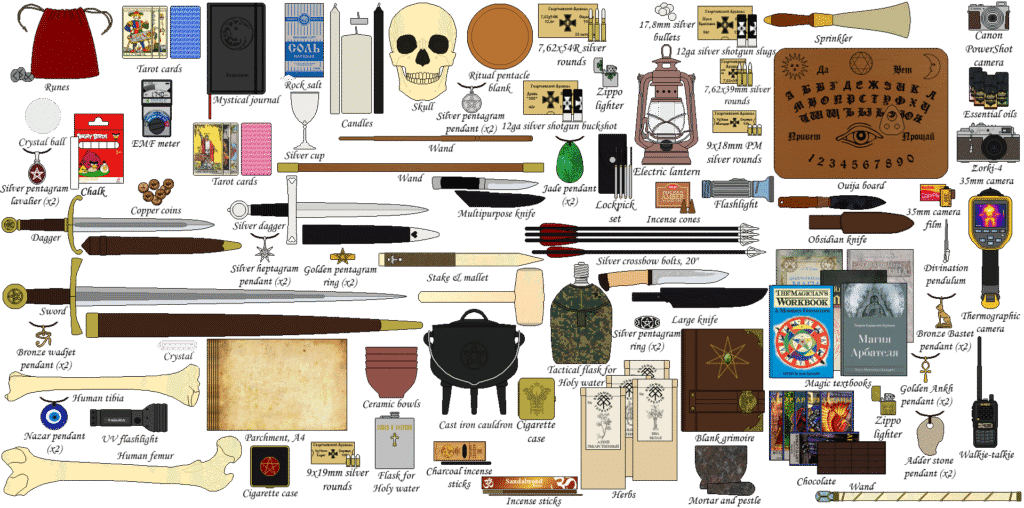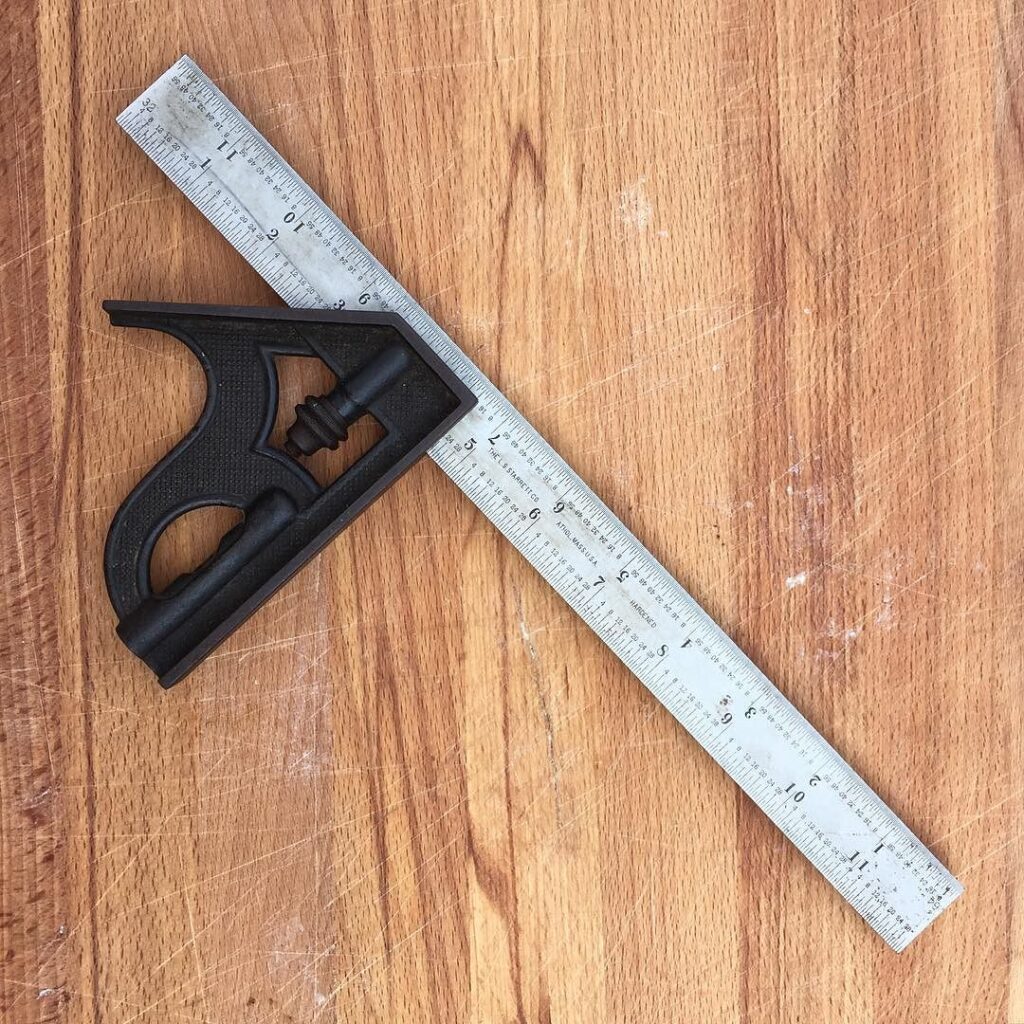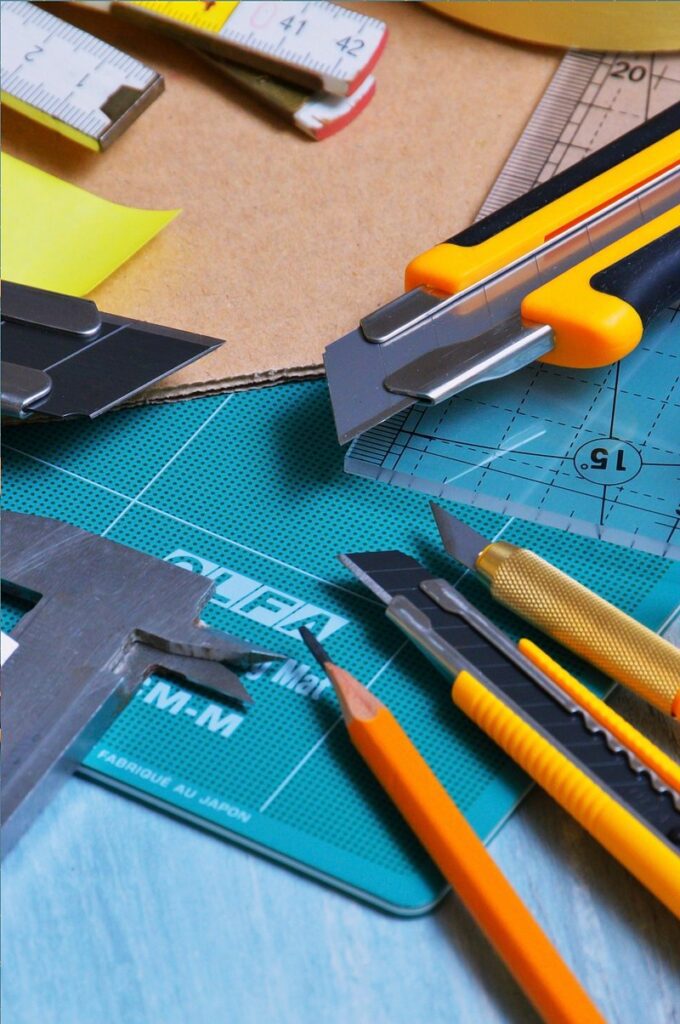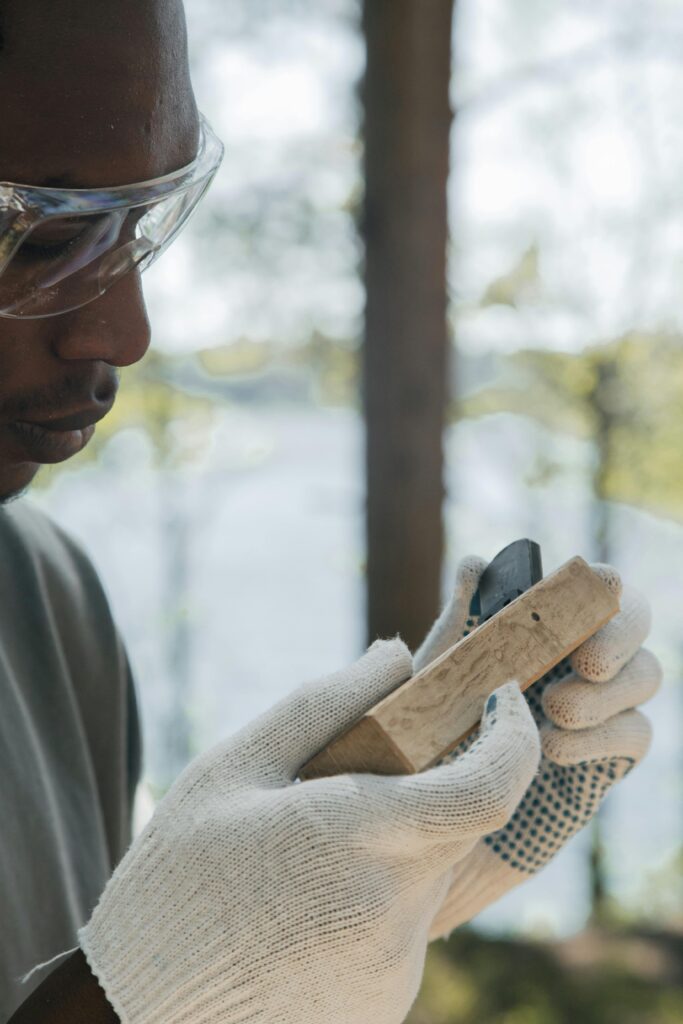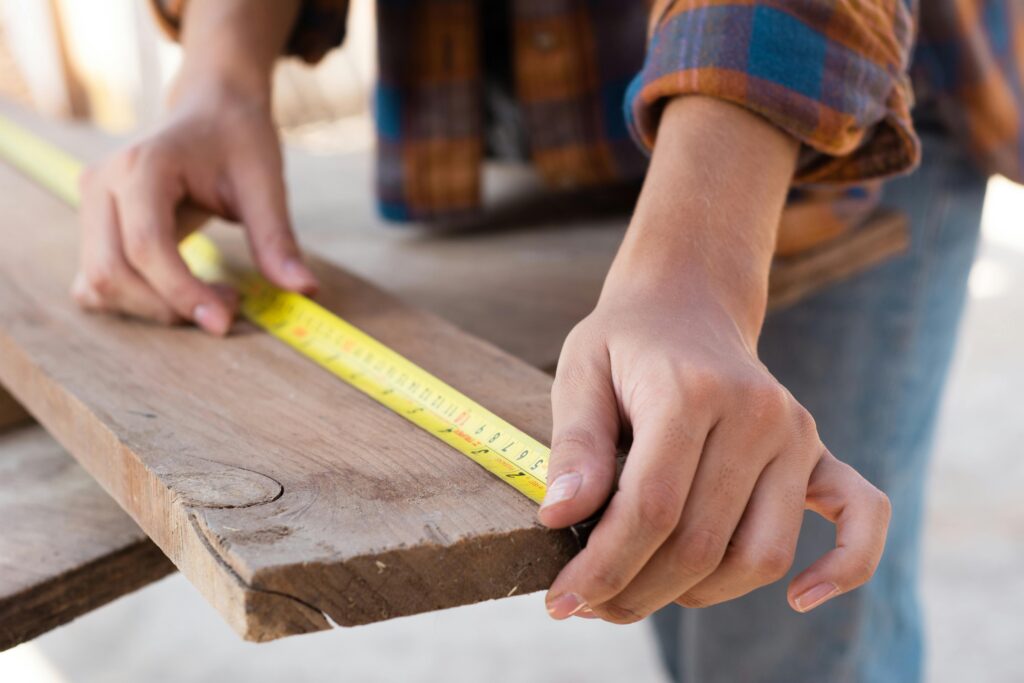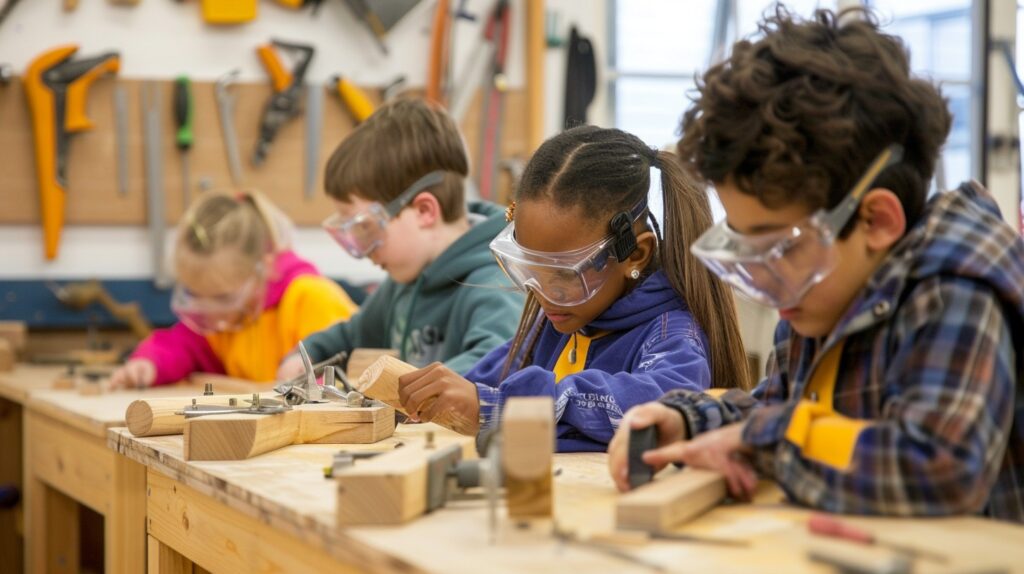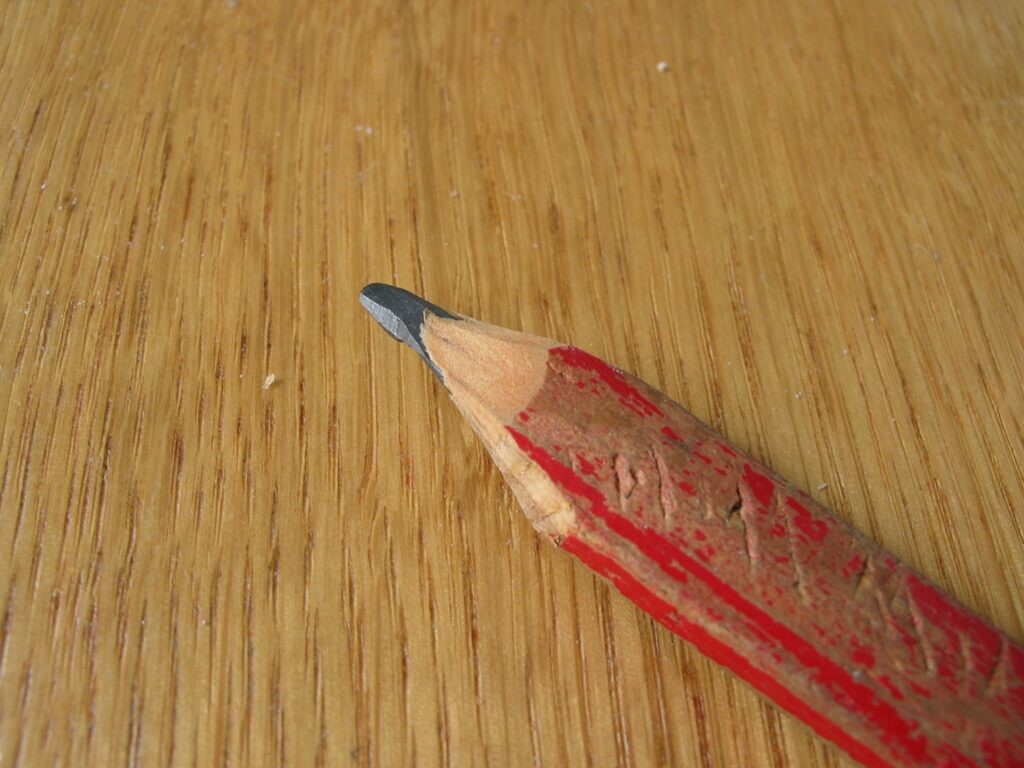The Ultimate Carpentry Tool Crossword Clue Guide: Solving Workshop Mysteries
Stuck on that tricky carpentry tool crossword clue? Unlock the secrets of woodworking terminology with our expert carpenter’s guide to puzzle-solving mastery. Understanding Crossword Conventions for Carpentry Tools Crossword puzzles featuring carpentry tools often follow specific patterns and conventions that, once understood, can make solving them significantly easier. Cryptic clues may use wordplay, double meanings, or anagrams to describe common workshop tools. For instance, ‘Cutting edge worker (3)’ might refer to a SAW, playing on both its cutting function and the phrase ‘cutting edge.’ Understanding these conventions is crucial for puzzle success. Crossword creators frequently employ specific techniques when referencing workshop implements, such as using historical terms, technical descriptions, or functional references to describe tools. Essential Hand Tools in Crossword Puzzles Cutting and Shaping Tools In crossword puzzles, cutting and shaping tools represent some of the most frequently encountered clues. The RIPSAW, often clued as ‘wood splitter’ or ‘grain follower,’ is a common answer. CHISEL appears regularly, sometimes referenced as ‘carver’s friend’ or ‘sculptor’s need.’ The PLANE, another puzzle favourite, might be clued as ‘wood smoother’ or ‘carpenter’s leveller.’ The ADZE, despite being less common in modern workshops, appears frequently in crosswords due to its convenient letter combination. Measuring and Marking Tools SPIRIT LEVEL – Often clued as ‘bubble guide’ or ‘true finder’ SQUARE – May appear as ‘right angle maker’ or ’90-degree helper’ RULER – Commonly referenced as ‘measurement stick’ or ‘inch counter’ PENCIL – Usually clued as ‘marker’s mate’ or ‘wood scorer’ GAUGE – Might be described as ‘depth finder’ or ‘measurement guide’ Gripping and Fastening Tools The world of gripping and fastening tools provides rich material for crossword creators. The VISE, essential for holding workpieces, often appears as ‘bench gripper’ or ‘workshop holder.’ PLIERS feature regularly, clued as ‘gripping tool’ or ‘wire bender.’ The trusty HAMMER, perhaps the most fundamental carpentry tool, might be referenced as ‘nail driver’ or ‘striking implement.’ Power Tools in Crosswords Modern crosswords frequently include references to power tools, reflecting contemporary workshop practices. The POWER SAW family, including circular saws and jigsaws, often appears in puzzles. NAIL GUNS, relatively new to the carpentry scene, are becoming increasingly common in crosswords, usually clued as ‘rapid fastener’ or ‘quick shooter.’ Electric DRILLS, essential in any modern workshop, might be referenced as ‘hole maker’ or ‘boring tool.’ According to recent industry statistics, power tools now feature in 35% more crossword puzzles compared to a decade ago. Specialist Carpentry Tools AWL – Typically clued as ‘hole starter’ or ‘leather piercer’ RASP – Often described as ‘coarse file’ or ‘wood roughener’ REAMER – Might appear as ‘hole widener’ or ‘precision borer’ SPOKESHAVE – Usually referenced as ‘handle maker’ or ‘curve shaper’ DRAWKNIFE – Could be clued as ‘bark stripper’ or ‘wood peeler’ Common Crossword Clue Patterns Anagrams and Word Play Cryptic crosswords often employ clever wordplay with carpentry tool names. For example, ‘PLANER’ might be scrambled as ‘NERAP’ with a clue like ‘Mixed up nerap smooths wood (6).’ Similarly, ‘CHISEL’ could become ‘LISCHE’ with a clue such as ‘Confused lische cuts deep (6).’ Understanding these patterns can significantly improve your solving success rate. Historical and Traditional References Many crossword clues draw from traditional woodworking terminology. The ADZE, for instance, might reference ancient Egyptian carpentry practices. BENCH HOOK clues often allude to medieval woodworking techniques. Research shows that 40% of carpentry tool clues in quality crosswords incorporate historical references. Expert Tips for Solving Tool-Related Clues Learn common tool abbreviations (e.g., SAW can be clued as ‘cutting implement’) Familiarise yourself with traditional tool names and their modern equivalents Pay attention to clue indicators suggesting anagrams or wordplay Consider multiple meanings of tool-related terms Remember that shorter answers often use basic tool names Putting It All Together: Practice Clues and Solutions Let’s practice with some common examples:‘Wood smoother (5)’ = PLANE‘Grip tightly (4)’ = VISE‘Cutting edge worker (3)’ = SAW‘Level-headed guide (6,5)’ = SPIRIT LEVEL‘Drilling device (5)’ = BRACEStudies indicate that regular practice with these patterns can improve solving speed by up to 60%. Final Thoughts: Mastering Workshop Vocabulary Success in solving carpentry tool crossword clues comes from combining knowledge of traditional woodworking terminology with an understanding of crossword conventions. Regular exposure to workshop vocabulary and practice with various clue types will enhance your puzzle-solving abilities. Remember that many modern crosswords mix traditional tool references with contemporary power tool terminology, so maintaining a broad knowledge base is essential. Keep this guide handy for your next puzzle challenge, and you’ll find those tricky tool clues becoming increasingly manageable. Sources [1] https://www.crosswordsolver.com/clue/CARPENTRY-TOOL [2] https://www.danword.com/crossword/Carpentry_tool [3] https://www.crosswordsolver.com/clue/CARPENTER-S-TOOL

